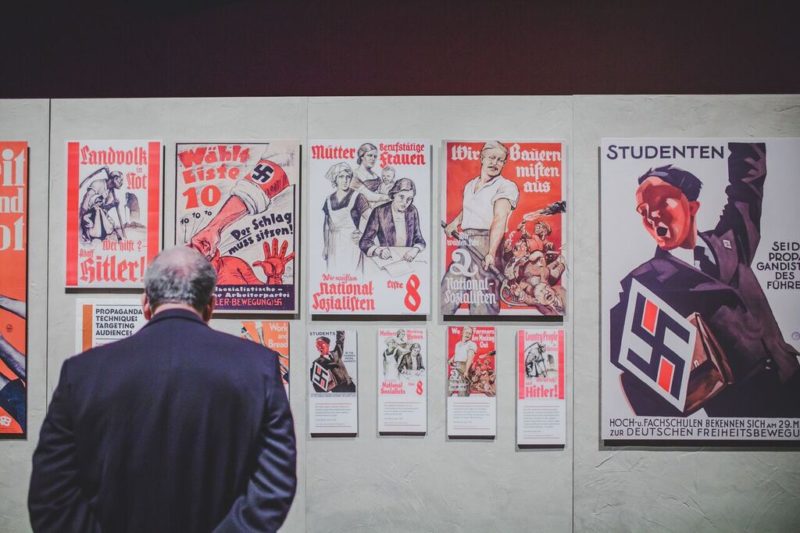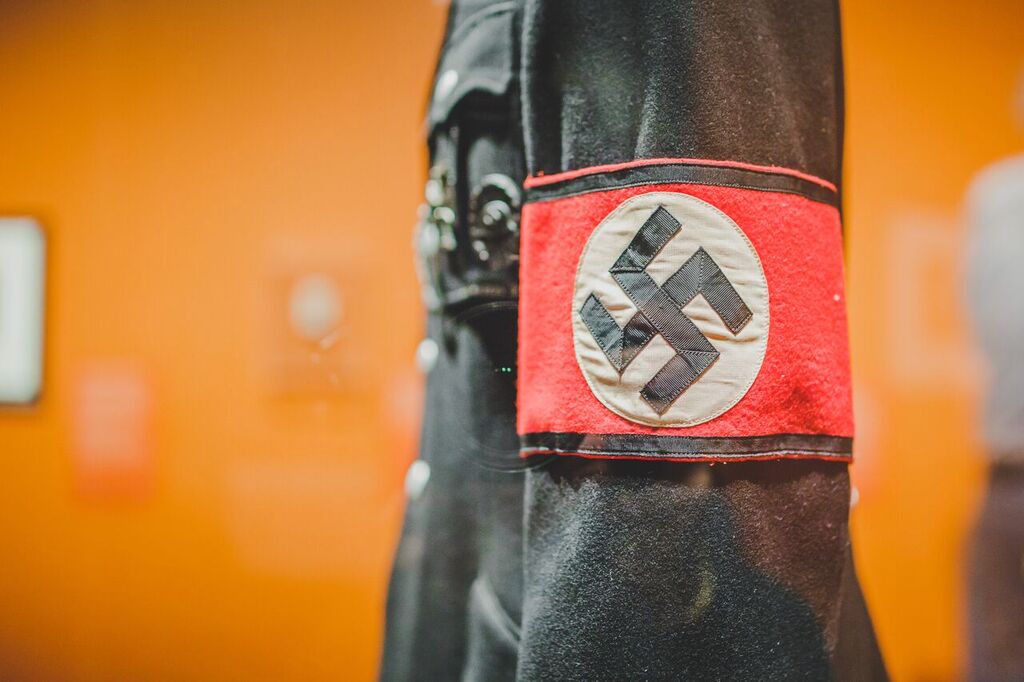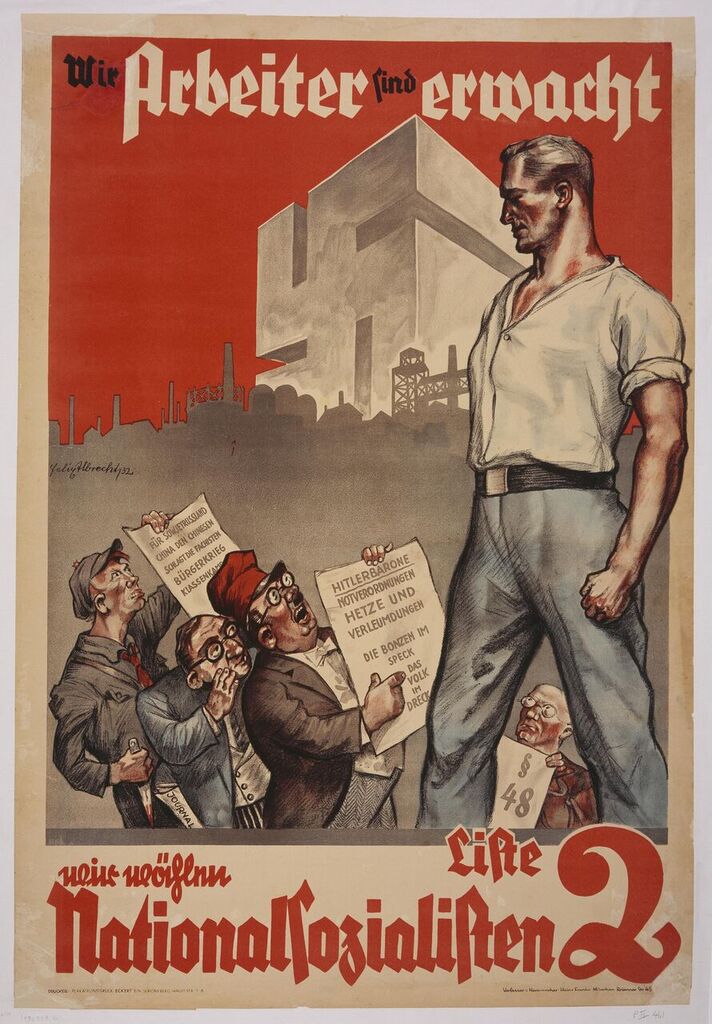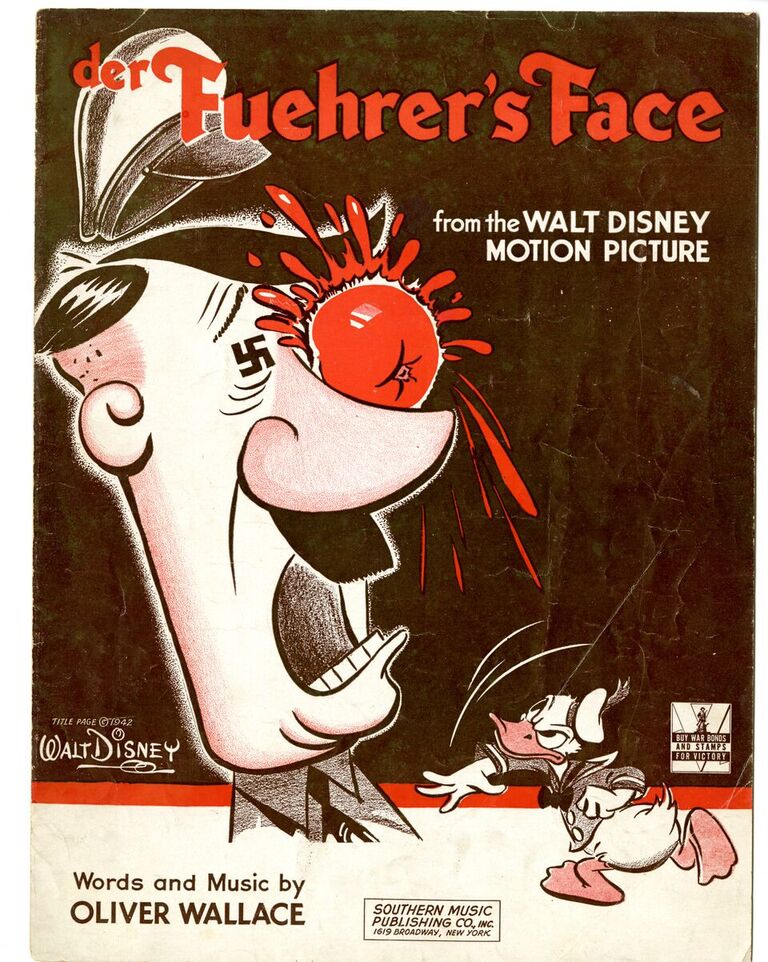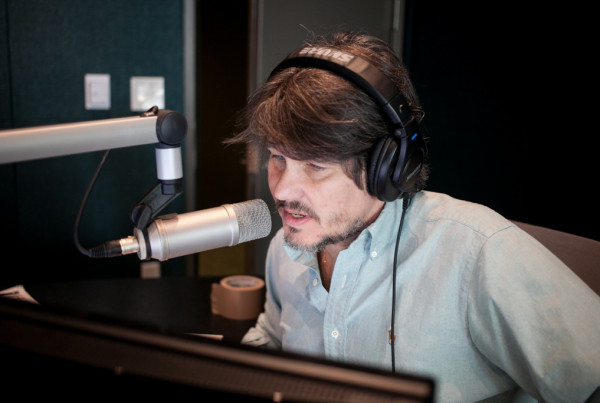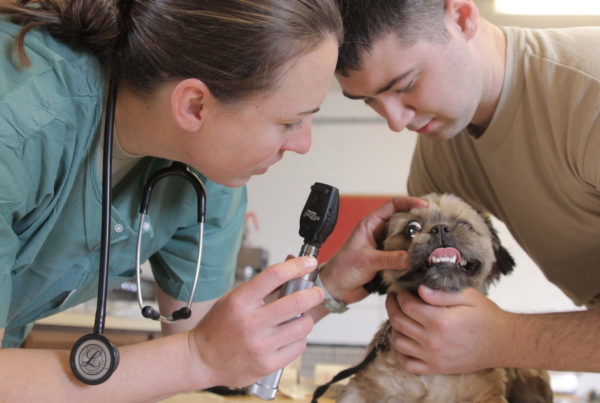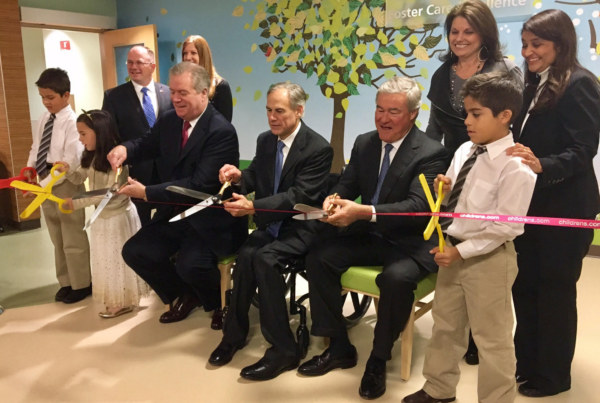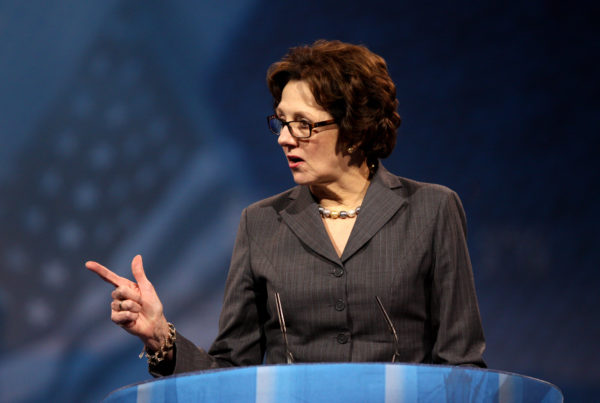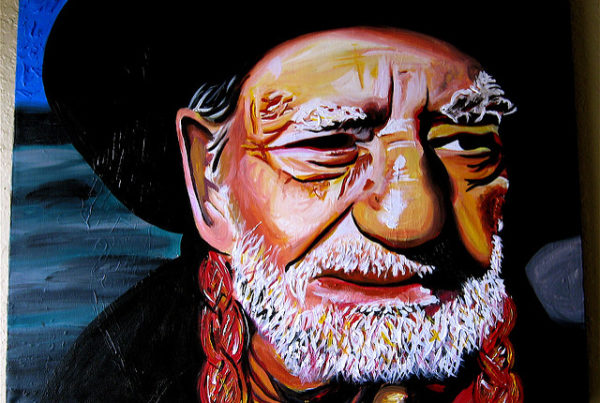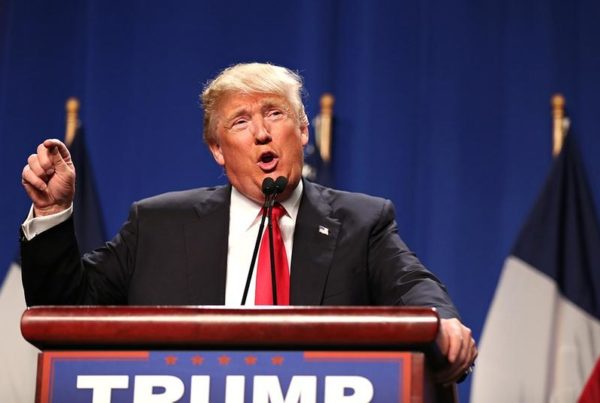Adolf Hitler said “Make the lie big, make it simple, keep saying it, and eventually they will believe it.”
Many historians agree that one of Hitler’s most dangerous weapons was his words. With the help of Reich Minister of Propaganda Joseph Goebbels, Hitler’s words mobilized anger, anti-Semitism, homophobia and white supremacy, fueling a political machine that began one of the world’s largest wars.
That propaganda weapon is now on display in a new exhibit called “State of Deception: The Power of Nazi Propaganda” at the Bullock Texas State History Museum in Austin.
Jenny Cobb, Associate Curator of Exhibitions at the Bullock, takes us through the exhibit.
She says you’ll see a lot of imagery walking through the front doors. You’ll see reproductions of posters in German, and a few smaller versions in English.
“I think a lot of people think they understand World War II and the Holocaust and it’s this horrible thing that happened,” Cobb says. “But when you actually see this propaganda that was being spewed at these people day in and day out, constantly – I mean it was everywhere. It was in children’s board games. They were inundated with this. And people, I don’t think, really understood that. And they just have this visceral reaction of shock and awe.”
The exhibit features historic film footage, propaganda posters, postage stamps, first-person interviews from people who fell victim to the propaganda, and rare artifacts – like a Nazi uniform.


